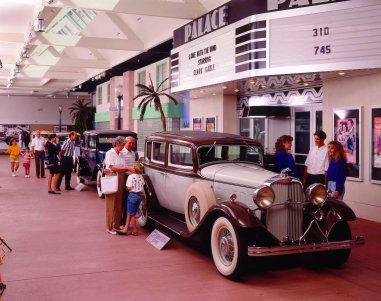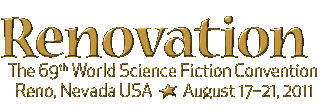Transport History - Travel Back into the Past!
Virginia and Truckee Railroad
Origin and History
One hundred and fifty years ago, Nevada had a stunning breakthrough in economic development that would change the history of the entire region. When gold was discovered in the Comstock, many of the miners who went to California for the gold rush refocused their efforts on the mines around Virginia City. They flourished and the boom lasted through the 1850s and 1860s and Virginia City actually had a population of over 20,000 people at one time. However, by the mid 1860s gold was running out; the Silver ores that were being discovered were uneconomical to move by horse and wagon because the processing mills in the Carson River Canyon were sixteen miles away by rough wagon road.
The solution was a railroad that could guarantee the delivery of silver ore for a fraction of the previous cost. Despite the construction cost of $1,500,000, in 1869 a railroad was constructed by private investors to connect the silver mines at Virginia City to the mills in Carson City. There was no railroad to the outside world, so locomotives, rail, and supplies had to be pulled by teams up the Geiger Grade from Reno. Five tunnels had to be drilled, and 1,500 workmen, mostly Chinese, built the line in a little under a year's time. When it was completed, the railroad line had enough curves to total 17 complete circles from Virginia City to Carson City and thus was known as the crookedest railroad in the country.
The result was the Virginia and Truckee (V&T) Railroad. It became known as the only railroad ever to carry its entire weight of locomotives, track, and equipment in silver. An economic boom the equal of which had never been seen before was now underway. The railroad was a tremendously profitable investment for its stockholders, who were rewarded with dividends as high as $100,000 a month.
The V&T Railroad was not like other railroads. Its owners could well afford the very best of everything. It had the finest locomotives of the time that were gaily decorated with paint, gold leaf, polished brass, and fine wood cabs. The wooden coaches were also the best that could be found with interiors that could demonstrate to the world that Virginia City and the Comstock region had no equal.
Decline and Rebirth
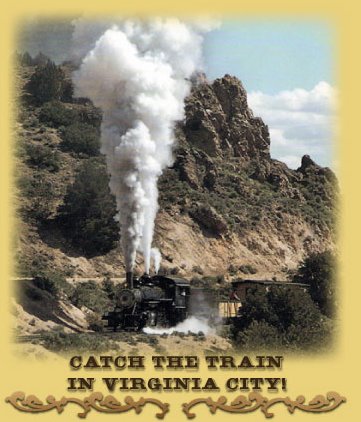 Though the railroad would decline with the mining industry, the equipment, and the legacy of the railroad survived. By the time the Virginia City line was abandoned in 1938, and the entire railroad in 1950, it had already secured itself a place in history. Much of the equipment was purchased by Hollywood studios, used in classic Western movies, and eventually ended up in museums. Nine of the original locomotives survive today - four in Carson City, three in California, one in Pennsylvania, and one still privately owned by a movie studio.
Though the railroad would decline with the mining industry, the equipment, and the legacy of the railroad survived. By the time the Virginia City line was abandoned in 1938, and the entire railroad in 1950, it had already secured itself a place in history. Much of the equipment was purchased by Hollywood studios, used in classic Western movies, and eventually ended up in museums. Nine of the original locomotives survive today - four in Carson City, three in California, one in Pennsylvania, and one still privately owned by a movie studio.
Almost as soon as the railroad was abandoned in 1938, however, some individuals dreamed of rebuilding it. But why would anyone want to rebuild a mining railroad after the mines were played out? The answer was tourism. Thanks to legends that existed (like the McKay Mansion, and Julia Bulette), and several that didn't (Ben Cartwright and the Ponderosa) "Virginia City" had a name and an image in the public eye. They had heard of it. And it was a place like no other in the world.
A short stretch of the railroad was re-opened in the 1970s and is still running today. What kind of operation is it? Both the business and the attraction of the V&T Railroad can be called a success. The sound of steam whistles in the Virginia City valley call many to trackside that didn't even know a tourist railroad was there. By adding such features as on-board narration about the mining history of Virginia City, and events like "train robbers" that "rob" the passengers for contributions to restore the Gold Hill Depot, the 35 minute train trip has become very popular with the day-trip tourists that visit Virginia City. Today, fund raising is under way for the reconstruction of the complete link from Virginia City to Carson City, bringing back even more of the history of this remarkable line.
Some useful links:
- virginiatruckee.com is the official site for the re-opened V&T.
- www.vtrailway.com is the official site for the reconstruction project.
- The Northern Nevada Railway Foundation is a 501(c)(3) organisation which has been created to support the full reconstruction of the V&T.
- The Wikipedia entry for the V&T, including information on what became of the original locomotives.
The Nevada State Railroad Museum
The Nevada State Railroad Museum, located in Carson City, preserves the railroad heritage of Nevada, including locomotives and cars of the famous Virginia & Truckee Railroad and other railroads of the Silver State. Many were bought from Hollywood studios, where they were made famous in movies and television shows. Among 65 locomotives and cars in the collection, 40 were built before 1900, and 31 pieces that operated on the V & T Railroad.
Museum activities include operation of historic railroad equipment, including train rides, handcar rides, lectures, an annual railroad history symposium, changing exhibits, and a variety of special events. The Museum also has an ongoing research and restoration program. In addition to the official website linked above, you will also find a great deal of useful information on the website of the Friends of the Nevada State Railroad Museum.
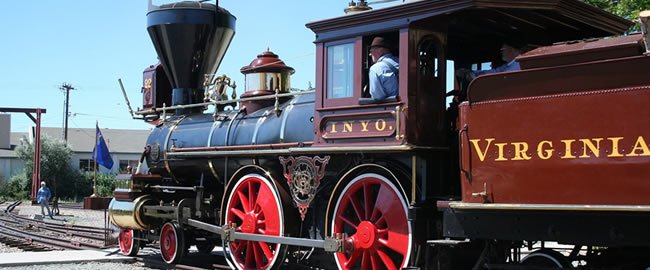
National Automobile Museum
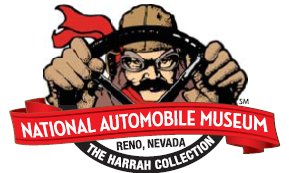 At the National Automobile Museum (The Harrah Collection) visitors travel
through time discovering a century of automobiles: more than 220 antique, vintage, classic, special interest,
"cars-of-the-stars" and one-of-a-kind wonders. So if you've never been close up with a real 1903 Cadillac Runabout,
1913 Stutz Bearcat or 1931 Bugatti Cabriolet, why not take the opportunity while you're in Reno? Here's a description from one recent visitor that really brings the exhibit to life:
At the National Automobile Museum (The Harrah Collection) visitors travel
through time discovering a century of automobiles: more than 220 antique, vintage, classic, special interest,
"cars-of-the-stars" and one-of-a-kind wonders. So if you've never been close up with a real 1903 Cadillac Runabout,
1913 Stutz Bearcat or 1931 Bugatti Cabriolet, why not take the opportunity while you're in Reno? Here's a description from one recent visitor that really brings the exhibit to life:
"Firstly, I'll say this: if you're not into cars then don't let that put you off of taking a trip to check this collection out. I'm not a big fan of motor vehicles but this museum is an experience regardless of whether you are a car fan or not.
The museum is a like taking a walk through history from the late 19th century through to the '50s and '60s. Each walkway between showrooms is decked out like a roadway from the past, complete with vintage movie theatres, '20s mailboxes, fire hydrants, vintage coke machines and everything you'd expect to see from that era and have seen in those classic black and white movies. It's a very cool experience, which totally gives you the feel of walking through 60 years of American history in around the 2 hours it'll take you to make your way around the place.
There are over 200 classic cars here to see, many on temporary loan from private collectors which boosts the remnants of Harrah's collection. Years range from 1892 onwards, and features well known classic and vintage automobiles, as well as one of a kind, and experimental antique vehicles you've probably never heard of. Each exhibit comes with its own placard outlining the name, manufacturer, date and place of manufacture as well as giving some piece of trivia or insight into the history of the car or brand. Original sale prices are also included ... shame you can't buy a Rolls Royce like that for $12,000 now ... need a few more zeros.
As well as classics there are a few novelty additions including a gold plated Delorian (of Back To The Future fame) and right now, a fantastic VW beetle fully decked out in hippy era artistry.
As well as the cars there are numerous interactive exhibits and working models like a '50s garage and other exhibits as you walk around. There are also many celebrity cars on the curb side as you wander around with names tied to owners like Sammy Davis Jr., John Wayne, Frank Sinatra, Al Jolson and more.
The curators of the museum have done an excellent job of tying in the motor vehicles with the evolving history of America making this more than just a collection of cars and much more like a real experience.
The Museum was named among the "Top Ten Museums" by Car Collector magazine and selected the "Best Museum in Northern Nevada," year-after-year, in Nevada Magazine's annual reader's poll, and it's easy to see why."
